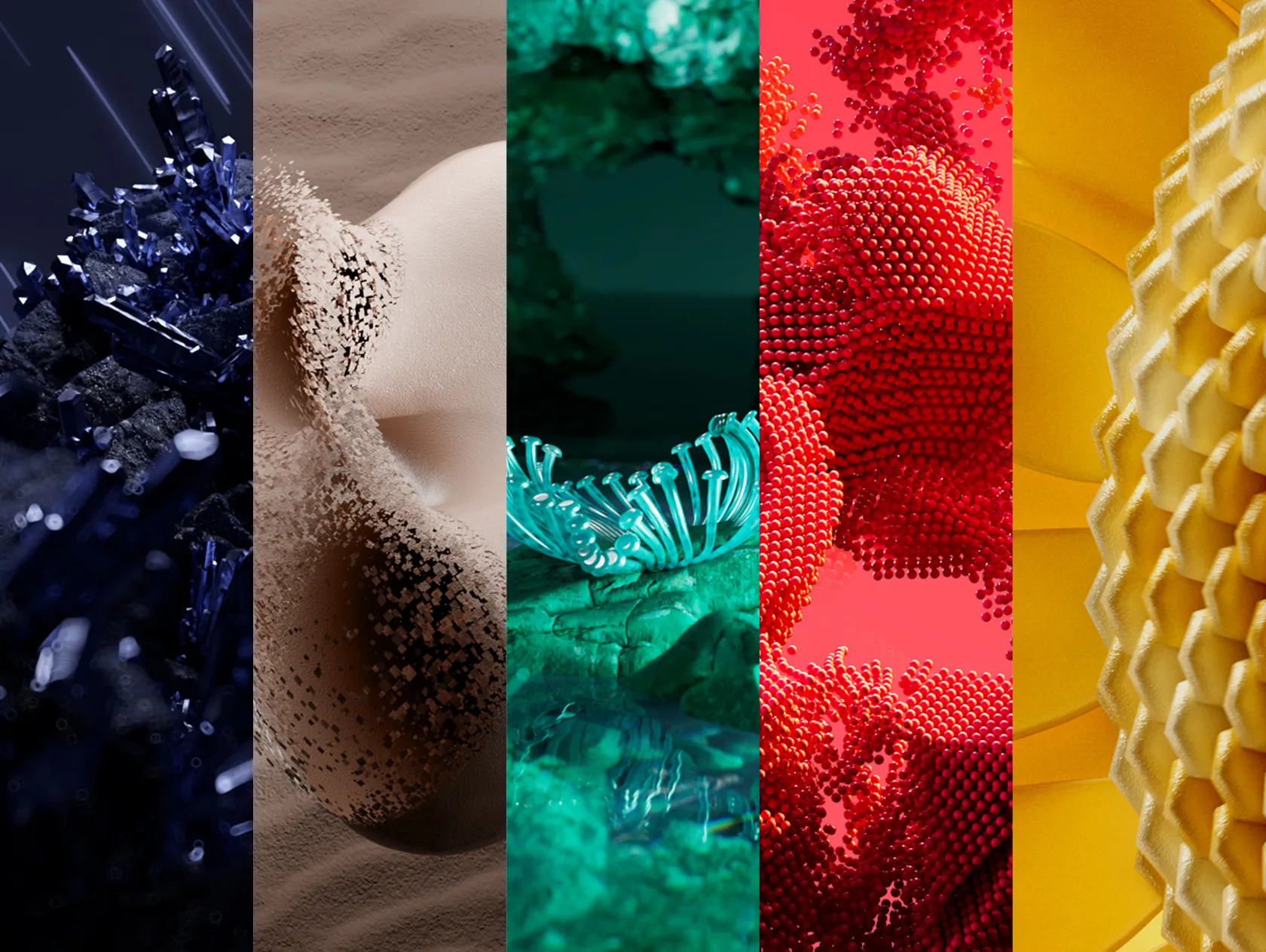Colour prediction, the practice of anticipating popular colours for future seasons, plays a pivotal role in industries ranging from fashion to interior design. This process combines art, science, and a deep understanding of cultural, technological, and social trends. Here, we explore the key aspects and methodologies of colour prediction and its impact on various sectors.
1. Understanding Colour Prediction
Colour prediction involves forecasting the colours that will become popular in the future. This prediction influences product design, marketing strategies, and consumer purchasing decisions. Accurate colour forecasting helps companies stay ahead of trends, ensuring their offerings are relevant and appealing.
2. The Role of Colour Forecasting Agencies
Specialized agencies like Pantone, Color Marketing Group, and WGSN play a crucial role in colour prediction. These agencies analyze a myriad of factors, including fashion runways, art exhibits, social media trends, and even political climates, to predict future colour trends. Pantone’s annual Colour of the Year announcement, for instance, is highly anticipated and often sets the tone for design and marketing strategies across industries.
3. Influencing Factors
a. Cultural and Social Trends
Cultural shifts and societal movements greatly influence colour trends. For example, periods of economic uncertainty often see a rise in the popularity of neutral and calming colours, while times of innovation and optimism might bring vibrant, bold hues to the forefront.
b. Technological Advancements
Advances in technology, particularly in digital media, impact colour trends. The rise of social media platforms like Instagram has accelerated the spread of colour trends, as influencers and brands can quickly showcase new palettes to a global audience.
c. Environmental and Sustainability Concerns
With growing awareness of environmental issues, there is an increasing demand for sustainable and eco-friendly colours. Natural and earth-inspired palettes are gaining traction as consumers become more environmentally conscious.
4. The Colour Prediction Process
The process of colour prediction typically involves several stages:
a. Data Collection and Analysis
Experts gather data from a variety of sources, including fashion shows, trade fairs, consumer behavior studies, and cultural events. They analyze this data to identify emerging patterns and potential trends.
b. Trend Analysis
Once data is collected, it is analyzed to identify overarching trends. This involves looking at both the macro and micro trends to understand the broader direction and specific nuances.
c. Colour Story Creation
A colour story is then created, which includes a palette of colours that encapsulate the predicted trend. This palette often tells a narrative, reflecting the emotional and cultural zeitgeist.
5. Application Across Industries
a. Fashion
In fashion, colour prediction is crucial for designing collections that resonate with consumers. Designers use these predictions to create garments that align with upcoming trends, ensuring their collections are timely and appealing.
b. Interior Design
Interior designers rely on colour forecasts to choose paint colours, fabrics, and decor items that will be in vogue. This helps in creating spaces that feel contemporary and stylish.
c. Marketing and Branding
Brands use colour predictions to develop marketing campaigns and packaging designs that attract attention and convey the desired message. The right colours can significantly impact a consumer’s perception of a product or brand.
6. Challenges in Colour Prediction
While colour prediction is a sophisticated process, it is not without challenges. The rapidly changing nature of trends, regional differences, and the subjective nature of colour perception can all impact the accuracy of predictions.
7. Future of Colour Prediction
As technology evolves, the future of colour prediction will likely see increased use of AI and big data analytics. These tools can enhance the accuracy and efficiency of trend forecasting, allowing for even more precise predictions. Additionally, as sustainability becomes increasingly important, we can expect a greater emphasis on eco-friendly and ethical colour choices.
In conclusion, colour prediction is a dynamic and influential field that shapes the aesthetic landscape of numerous industries. By understanding and leveraging these predictions, businesses can create products and experiences that resonate deeply with consumers, driving success and innovation.

Ragni is the dedicated author behind Fastjob Searchers, a premier website offering comprehensive resources for Sarkari job seekers. With a keen focus on providing timely updates, Ragni ensures that Fastjob Searchers delivers the latest information on Sarkari jobs, results, exams, admit cards, syllabi, admission forms, university updates, and more.
